Posted on 12/3/2024

Keeping your tires properly inflated is crucial for your safety and your car’s performance. If your tire pressure drops, you might be asking, “What should I do now?” This guide answers your questions and gives clear, actionable steps to handle low tire pressure quickly and safely. Common Reasons Why Tire Pressure Drops If you’re wondering, “Why does my tire pressure keep dropping?” here are the most common causes: Cold Weather: Air contracts in cooler temperatures, reducing pressure. Small Punctures: Objects like nails or screws can create slow leaks. Wear and Tear: Over time, tires naturally lose air. Damaged Valve Stems: A faulty valve can lead to air leaks. Knowing the cause helps you decide whether to refill or seek professional repair. ... read more
Posted on 10/15/2024

If you own an all-wheel-drive (AWD) vehicle, you’ve probably wondered, “Do I need the same tires on all four wheels?” The answer is "yes". AWD vehicles rely on all tires working together, and here’s why having matching tires is essential: 1. Equal Traction for Better AWD PerformanceAWD systems send power to all four wheels to improve traction and control. To work efficiently, all four tires must have the same tread depth, size, and type. Mismatched tires can cause the wheels to rotate at different speeds, which can confuse your AWD system. This can lead to uneven traction, making your vehicle work harder than it should. 2. Protects Your AWD Differential AWD vehicles use differentials to balance power between the f ... read more
Posted on 8/12/2024

When it comes to vehicle safety and convenience, tires play a crucial role. Traditional tires have been the standard for years, but they come with a significant drawback. If they get punctured, you're left with a flat tire, often at the most inconvenient times. This is where run-flat tires come into play. But what exactly are run-flat tires, and how do they differ from conventional ones? Let's dive into the details. What Are Run-Flat Tires? Run-flat tires are designed to keep your vehicle moving even after a puncture or loss of air pressure. Unlike regular tires, which would leave you stranded on the side of the road, run-flat tires allow you to continue driving for a limited distance at a reduced speed. This gives you the opportunity to reach a repair shop or a safe location without having to change the tire immediately. How Do Run-Flat Tires Wor ... read more
Posted on 4/21/2023
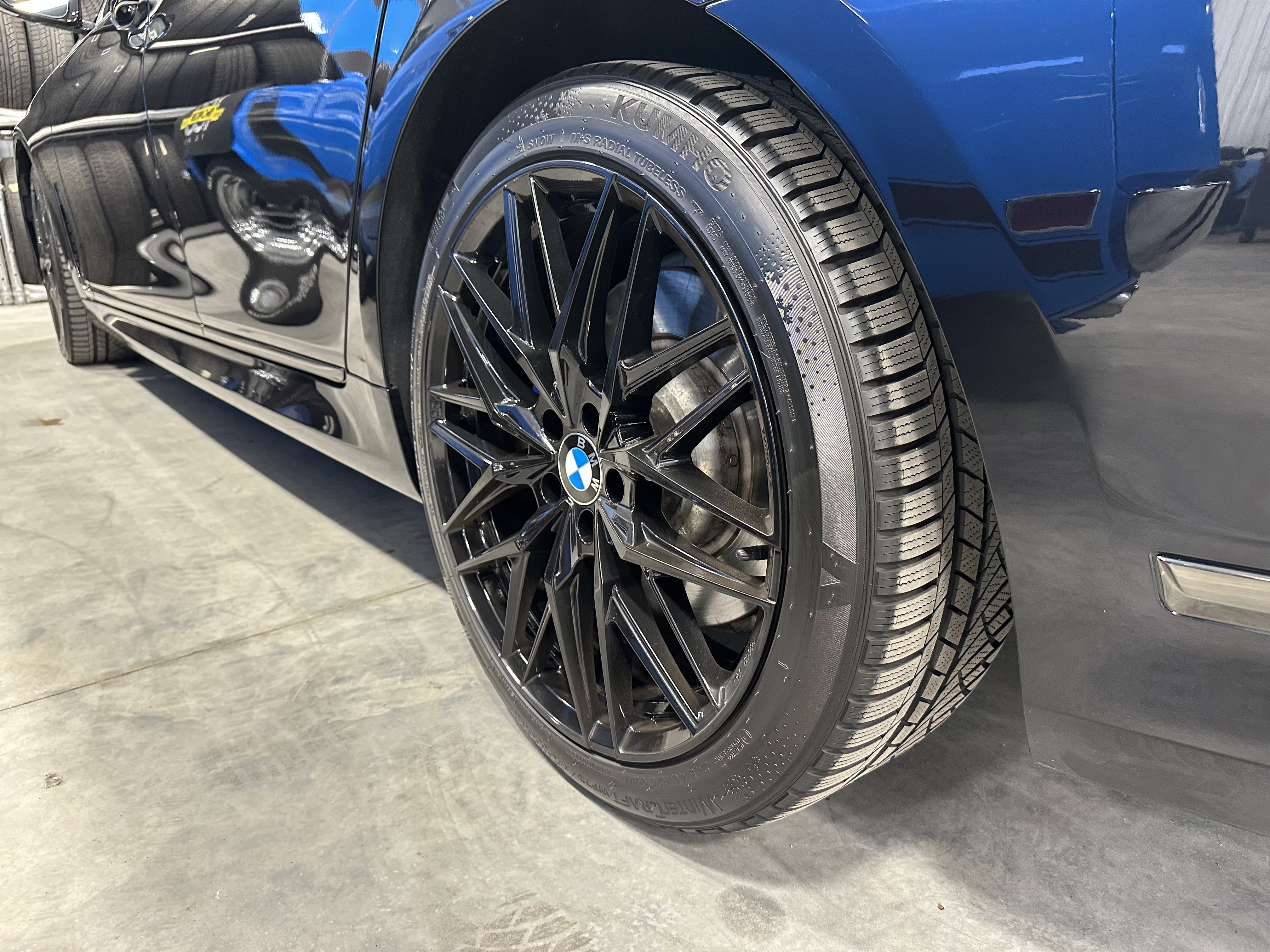
Low-profile tires are becoming popular among drivers who want to improve the performance and look of their vehicles. But what exactly are low-profile tires, and why are they so beneficial? Let's take a closer look at what these tires have to offer. What Are Low Profile Tires? Low-profile tires are sometimes referred to as "low-pro" or "high-performance" tires. They have a short sidewall height compared to other standard tire sizes. This means that the distance between the wheel rim and the tread is shorter than it is on regular tires. This gives the tire a lower profile—hence the name—and makes it appear larger in diameter than it actually is. What Are The Benefits Of Low Profile Tires? The benefits of having low-profile tires can range from improved performance to better road handling. A ... read more
Posted on 1/5/2023
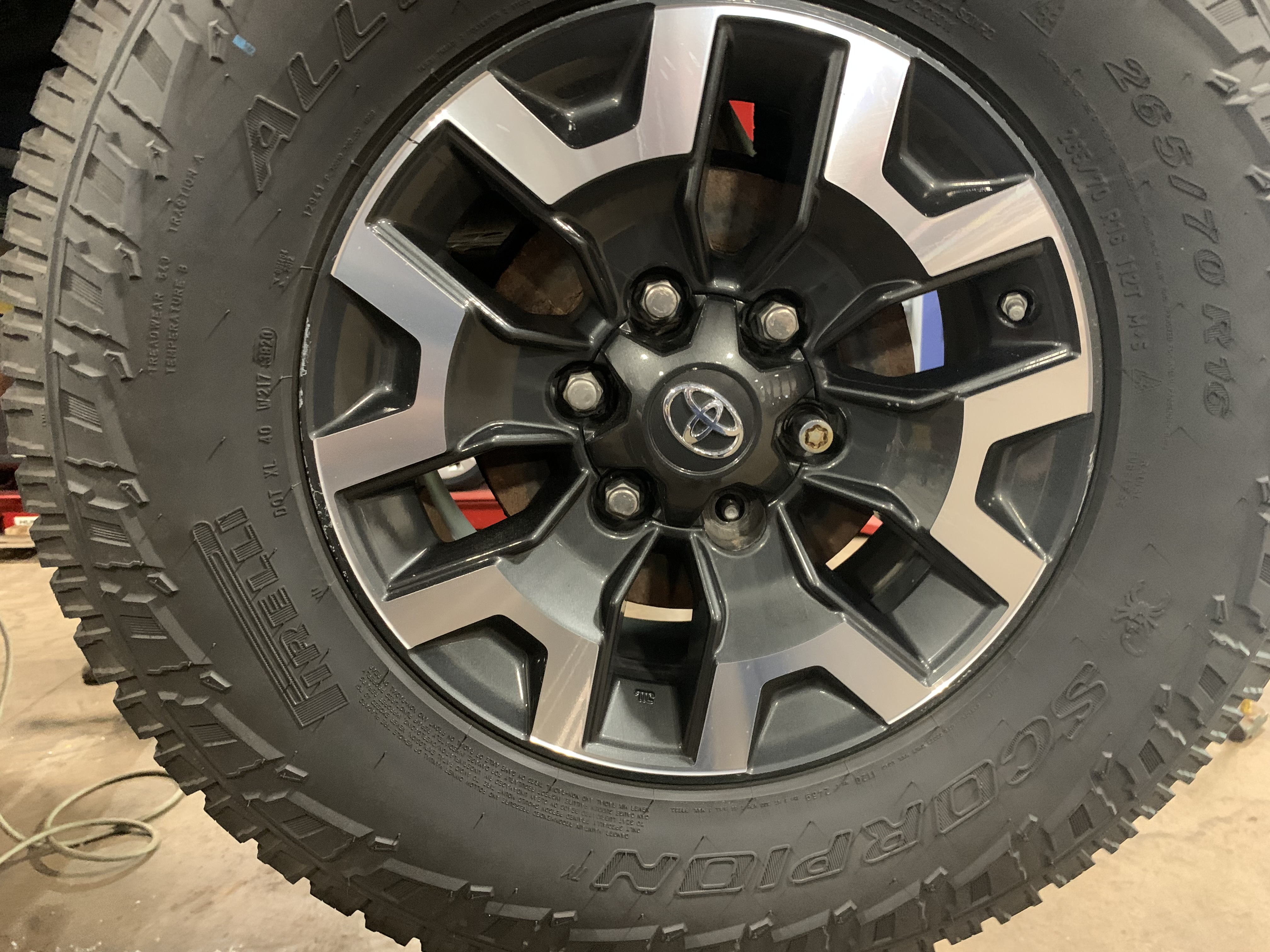
Take Advantage Of These Tire Rebates! New Year, New Tires… right?! Save money when you buy four select tires from these manufacturers: GOODYEAR SPECIAL OFFER - EXPIRES 6/30/23: CONTINENTAL SPECIAL OFFER - EXPIRES 6/30/23: BRIDGESTONE SPECIAL OFFER - EXPIRES 7/6/23: COOPER TIRES SPECIAL OFFER - EXPIRES 7/31/23: HANKOOK TIRE SPECIAL OFFER - EXPIRES 6/30/23: Need new tires? We can help! Lou’s Car Care is the right choice for your all-season tire needs. Proudly serving the Baldwinsville, NY, and surrounding communities since 1976. Call us or schedule your next appointment online today! ... read more
Posted on 5/2/2022
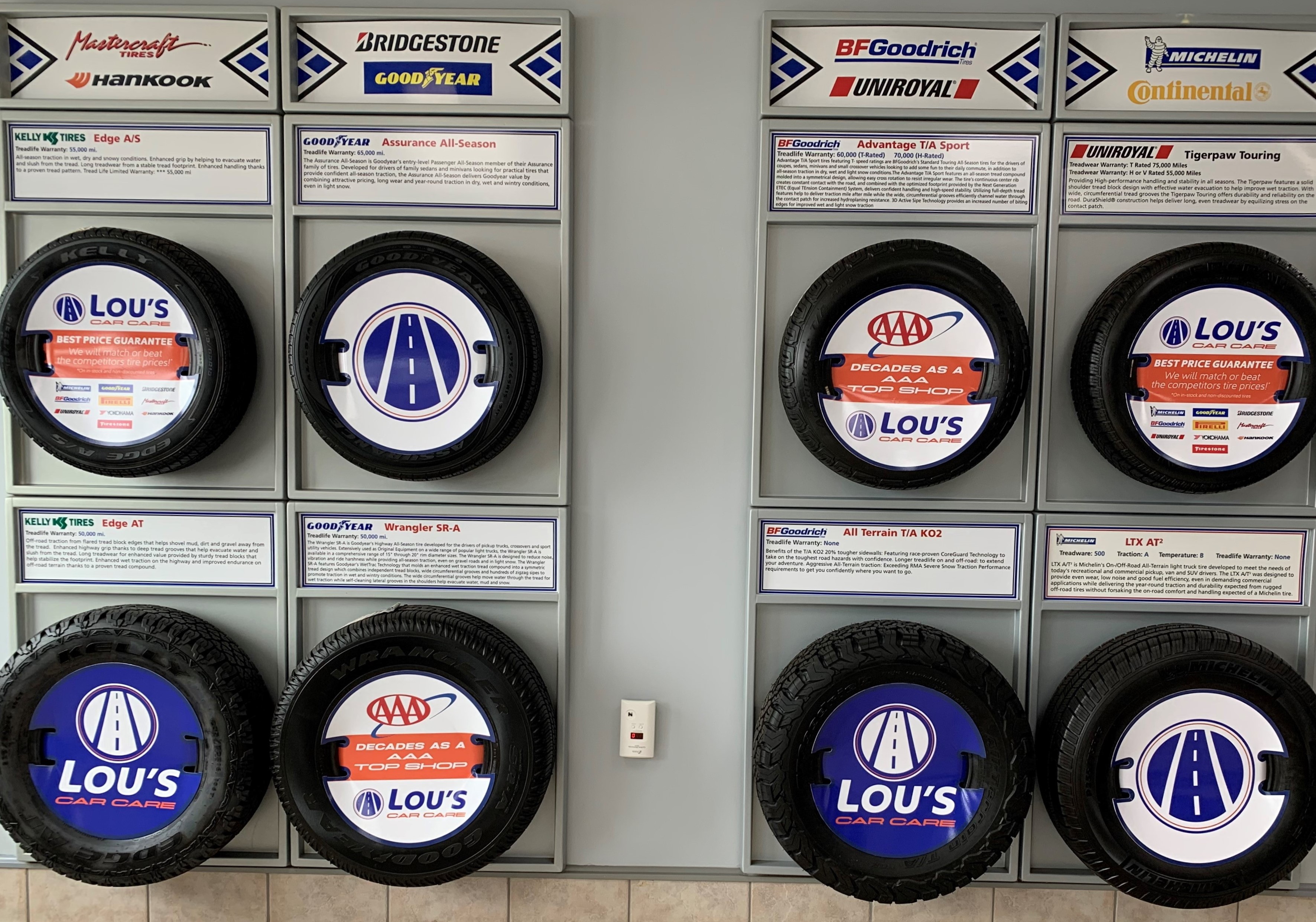
Tires are one of the maintenance items on a car that should be monitored regularly. Driving on worn tires is a safety hazard and could lead to additional complications with your vehicle down the road. If you’re getting ready to buy new tires, follow these 5 tips to find out how to choose tires that will fit your car and won’t break the bank. Tip #1: Check Your Owner’s Manual Your Owner’s Manual is a treasure trove of information for your vehicle. The manual will tell you the appropriate size and specifications of tires for your car. You can also find this information on a placard on the inside of the driver’s side door. Do not look at the sidewall of your existing tires. They may not be the same size of tire that originally came on your car or truck. Putting the right size tire on your car ensures that the speedometer will be accurate. And the proper loads will be placed on the transmission and other driveline components ... read more
Posted on 4/27/2022
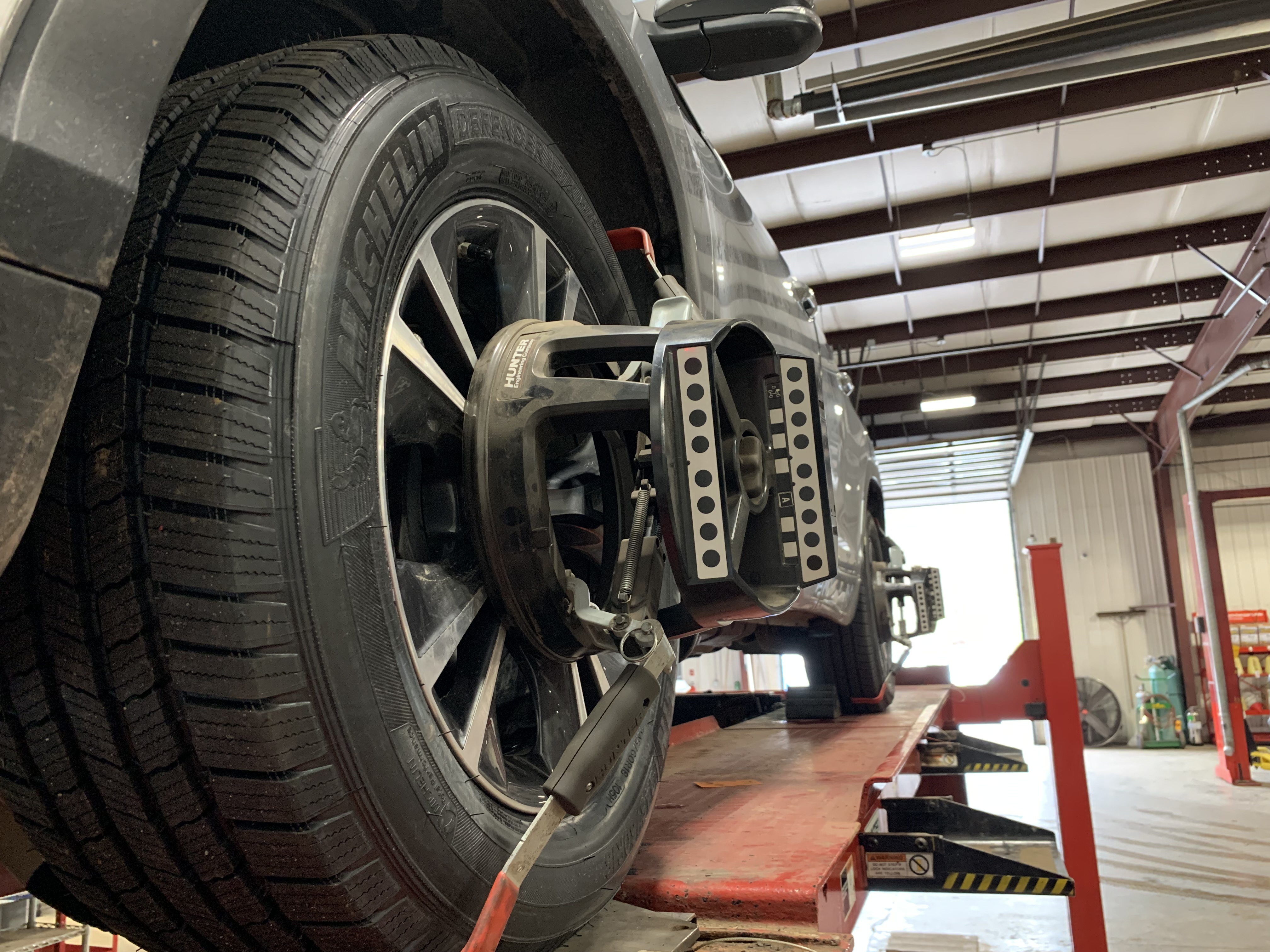
Many people confuse tire alignment with tire balancing and vice versa. While both services provide a smoother and seamless ride, these two services are not the same. Here's what you need to know about their differences. What is a Tire Alignment? Tire alignments (wheel alignments) are adjustments made to a vehicle's suspension system. This is where the vehicle connects to its wheels. This is not a change to the tires themselves. Our mechanics adjust the wheel angles to make sure the tires are making proper contact with the road. What are the Signs of Misalignment? Uneven Tread Wear Vehicle Pulling to the Left or Right Steering Wheel is Off-Center When Driving Straight Steering Wheel Vibration Squealing Tires What is Tire Balancing? A tire balancing service ensures the tire has an even weight distribution. And is usually performed along with a tire alignment service. Weight imbalances of just an oun ... read more
Posted on 9/1/2019
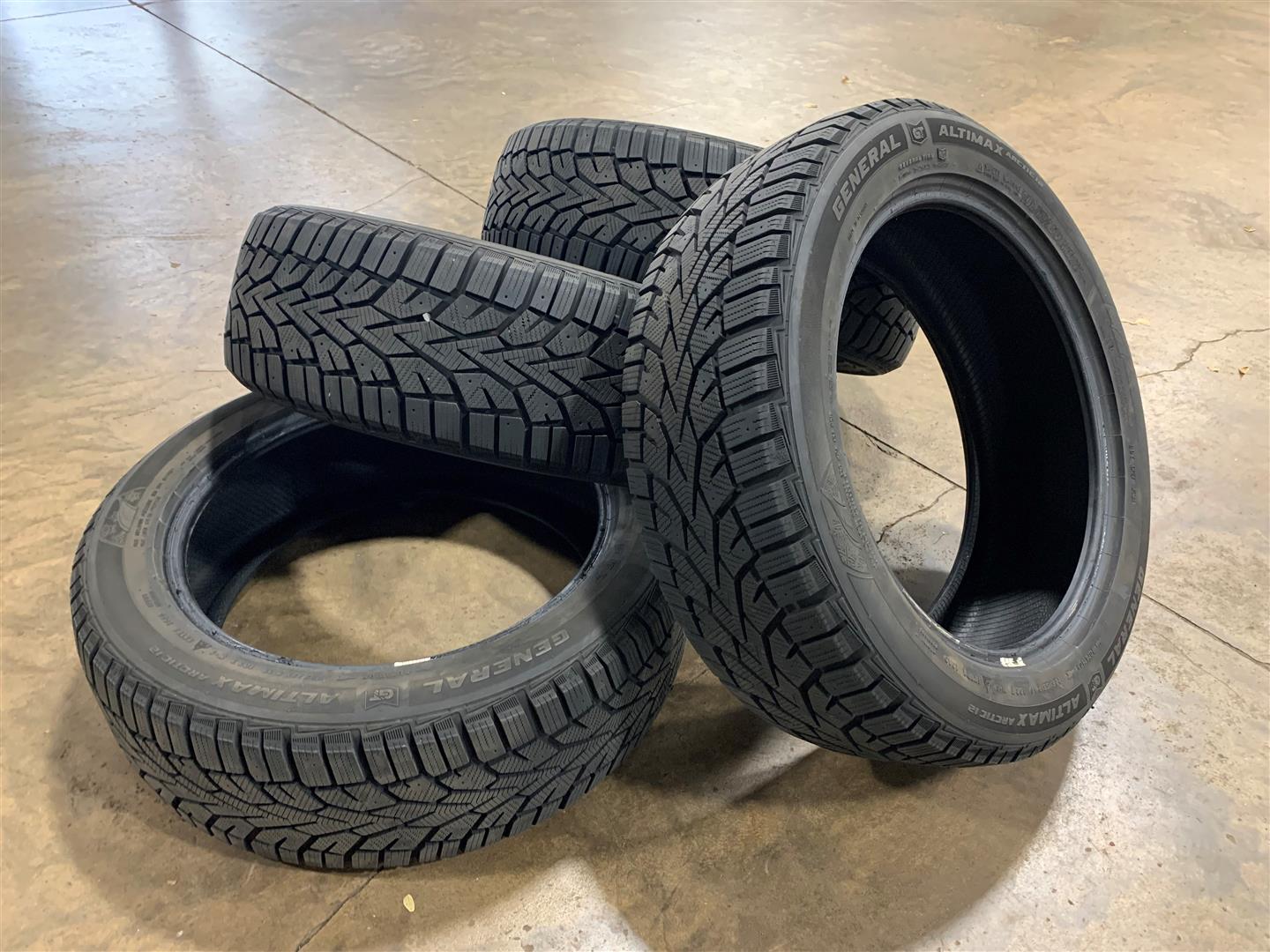
We are asked this question a lot! The All-Season Tire was introduced into the marketplace, providing motorists with better Winter Driving Performance than a Summer Tire. And the opportunity to avoid the cost and inconvenience of the biannual Winter Tire changeover. Even though All-Season Tires can provide safe All-Weather Performance, Winter Tires are more efficient once temperatures start to fall. Advances in tire tread compound and tread design have improved driving performance across the entire spectrum of tires, but especially with respect to Winter Tires. Modern Winter Tires offer up to 50% or more winter traction than All-Seasons. All Tire rubber will begin to stiffen as the weather gets colder, but the latest generations of Winter Tires maintain their elasticity even at extremely low temperatures approaching -22⁰F and below, thus providing superior traction and grip. Today’s Winter Tires are not only designed to ... read more